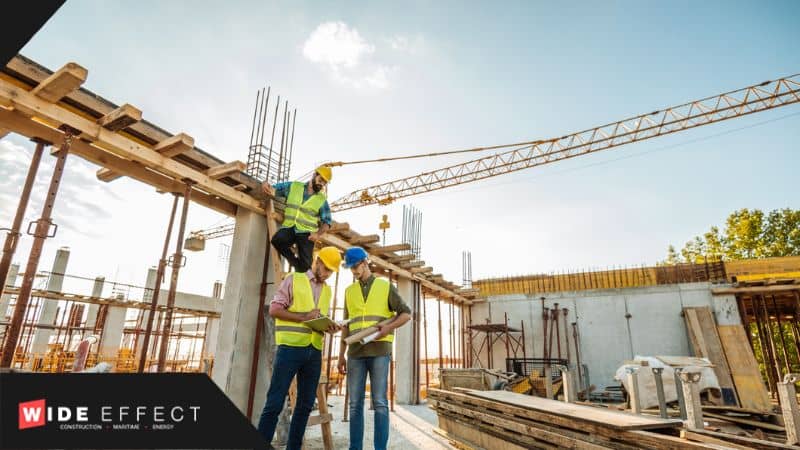
Industrial construction is undergoing a radical transformation, with technology and automation at the forefront. Traditional blueprints have evolved into immersive digital designs, aided by Virtual Reality, allowing detailed project visualization. Robotics are now integral on sites, aiding in tasks from brick-laying to safety inspections, while drones offer aerial views for improved project management. 3D printing introduces efficient, custom building components, and smart wearables prioritize worker safety. Despite these advances, it's essential to blend technology with the human touch, ensuring that workers adapt and thrive in this new environment. This evolution promises faster, more efficient, and innovative construction processes, setting a new standard for the industry's future.
In the past, envisioning a construction site brought to mind hard-hats, concrete mixers, and manual labor. However, just as with many other industries, the winds of change are sweeping through the realm of industrial construction. Advances in automation and technology are not only transforming how buildings come to life but are also redefining the very ethos of the construction landscape. Let's embark on an exploration of what the future holds for industrial construction as it merges with the digital age.
While automation and technology are undoubtedly revolutionizing the industrial construction domain, it's essential to approach this transition with empathy. Understandably, long-time professionals might view these changes with a mixture of skepticism and apprehension. Concerns about job security, the need to acquire new skills, and worries about becoming redundant are genuine.
However, rather than replacing human touch, these advancements are enhancing it. Automation will handle repetitive and hazardous tasks, minimizing risks and errors. This shift will allow workers to focus on more skilled, creative, and strategic aspects of projects, elevating the quality of work and personal job satisfaction.
Moreover, as with every technological revolution, new job profiles will emerge, from drone operators to 3D printing specialists. The key lies in training and education, ensuring that the current workforce is not left behind but is instead equipped and empowered to navigate this new era.
The horizon of industrial construction is expanding, driven by the engines of automation and technology. As buildings rise, so do the standards of efficiency, safety, and innovation. The fusion of technology with construction promises structures that are not only built faster and better but are also more in harmony with the environment and human needs.
In embracing this change, it's crucial to carry everyone along, ensuring that technology serves as a tool in the hands of the workforce, not a replacement. With collective effort, understanding, and foresight, the future of industrial construction shines brightly, beckoning a world where man and machine collaborate to craft marvels.
Written on behalf of Wide Effect.
Are you experiencing productivity challenges, skill gaps in your workforce, or do you need a short-term placement? Don't waste your time and money navigating these alone. We bring the process, experience, and placement successes you need to make your labor force concerns a thing of the past. Call us at 1 (833) 493-5627 or use the contact form to discuss your personalized staffing solution.
By submitting this form, you opt-in and give expressed consent to receiving SMS / text messages, calls, and emails from us for the purposes of communication related to your inquiry or related to the products and or services we provide.